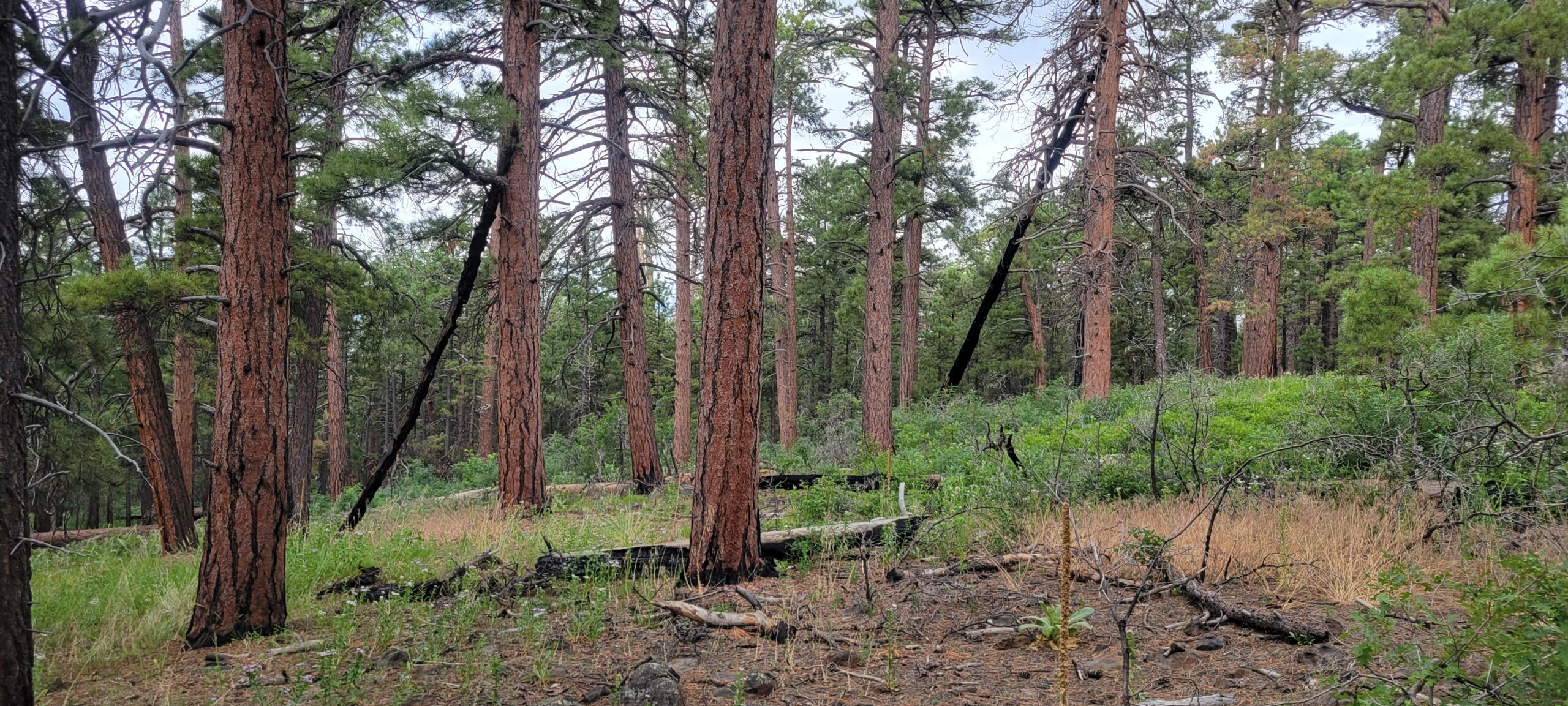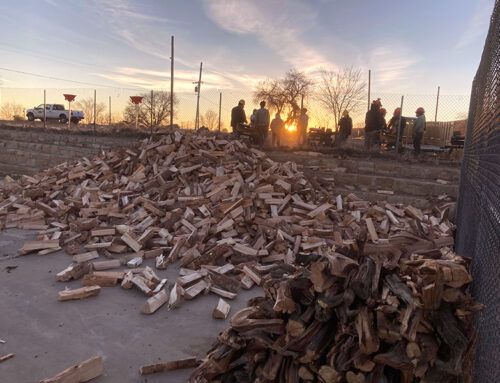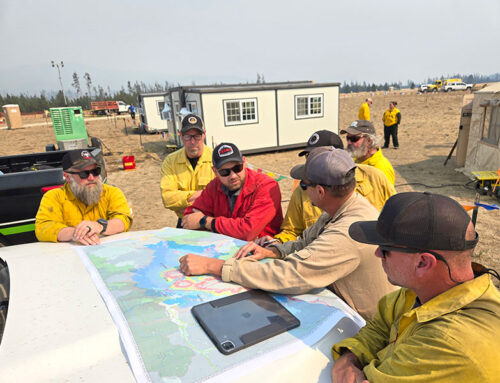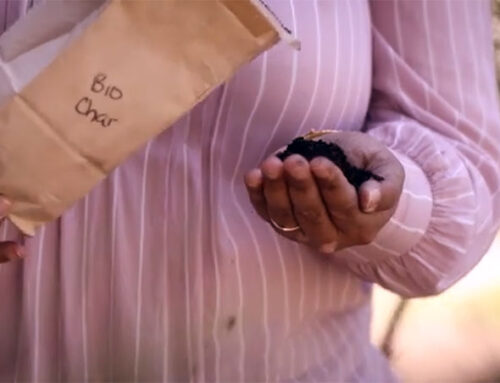Over the summer season, ERI staff, students, and field technicians visited sites across the state of Arizona to collect data for studies focused on fire behavior prediction, climate impacts on forests, responses to restoration and hazardous fuels reduction treatments, and the aftermath of wildfires. Crews used terrestrial lidar (light detection and ranging) technology to survey forest structure and fuel loading at multiple locations in Arizona under weather conditions that at times could be called “hot!” The data collected will be used to develop new fire behavior models.
Other crews spent field trips assessing tree survival and seedling establishment in pinyon-juniper woodlands near Flagstaff. Data from long-term monitoring plots employed in this work allow analysis of climate- and bark beetle-related changes that have occurred over the last two to three decades in these extensive, semi-arid ecosystems.
In northwestern Arizona, field crews ventured into the Mount Trumbull Wilderness within Grand Canyon-Parashant National Monument to collect data on forest changes associated with wildfires managed to improve ecological conditions. When allowed to burn under mild weather conditions, lightning-ignited wildfires may provide an effective restoration solution for remote landscapes.
Other work ERI crews completed in summer of 2023 included remeasurement of high-elevation monitoring plots to assess recent shifts in tree composition and regeneration patterns. This study is being conducted to provide land managers with important information concerning forest conditions in one of the most biodiverse sky islands in the state.
In another local effort with important implications for biodiversity conservation, field crews recorded survival and seedling establishment of Sunset Crater penstemon, a flowering perennial plat that grows only on the cinder soils northeast of Flagstaff. In 2022, wildfires burned over the areas where this plant is most commonly found.
Lastly, a small crew of ERI sawyers traveled to the White Mountains in eastern Arizona to collect wood samples from trees showing scars from past wildfires. In a collaborative effort with expert dendrochronologists from other institutions, ERI scientists will seek to better understand characteristics of fires that burned centuries ago. Information from these studies will be helpful to local land managers planning conservation and restoration activities.




